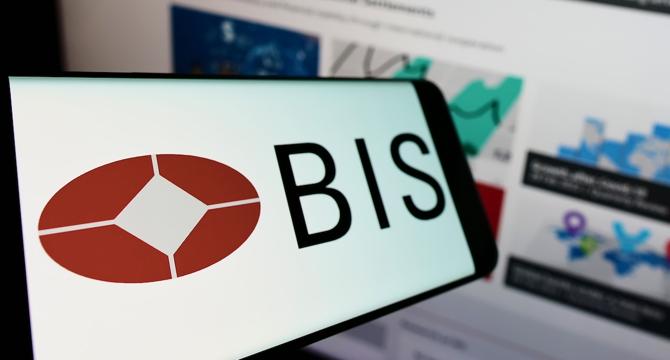Pymnts
2w
73

Image Credit: Pymnts
BIS Says Tokenized Unified Ledger Offers Better Solutions Than Stablecoins
- A tokenized unified ledger developed by central banks and public authorities is highlighted as a more efficient solution compared to stablecoins by the Bank for International Settlements (BIS).
- BIS stated that stablecoins are not a reliable form of sound money and pose risks to financial stability and monetary sovereignty when unregulated.
- Stablecoins lack acceptance for payment at par, timely obligation discharge, and safeguards against financial crime, making their future role uncertain.
- The tokenized unified ledger aims to preserve the principles of sound money while improving efficiency and creating new opportunities for cross-border payments and securities markets.
- This solution involves tokenizing central bank reserves, commercial bank money, and government bonds to enhance the financial system.
- Tokenization integrates messaging, reconciliation, and settlement into one operation, marking a new era for the financial industry.
- BIS urged central banks and public authorities to lead the way in adopting this tokenized unified ledger concept.
- Projects like Agorá and Pine are examples of initiatives working towards tokenization and enhancing financial mechanisms using blockchain-based smart contracts.
- Project Agorá aims to offer a credible alternative to stablecoins in regulated financial environments by merging tokenized bank deposits and central bank money on a programmable platform.
- Project Pine demonstrated the feasibility of central banks using blockchain-based smart contracts for tasks like managing reserves and adjusting interest rates effectively.
- Overall, BIS sees tokenized unified ledgers as a better solution than stablecoins for the future of financial systems and mechanisms.
Read Full Article
4 Likes
For uninterrupted reading, download the app